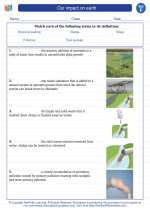Tides: The Gravitational Dance of the Earth, Moon, and Sun
Tides are the rise and fall of sea levels caused by the gravitational forces exerted by the Moon and the Sun, and the rotation of the Earth. These gravitational forces create bulges in the Earth's oceans, causing high and low tides to occur at different times of the day.
Causes of Tides
The primary cause of tides is the gravitational pull of the Moon and the Sun on the Earth. The Moon's gravitational force is the dominant factor in producing tides, as it is much closer to the Earth than the Sun. The gravitational force of the Moon pulls the Earth's oceans towards it, creating a high tide on the side of the Earth facing the Moon, and a high tide on the opposite side due to the centrifugal force of the Earth-Moon system. The areas between these high tides experience low tides.
Types of Tides
There are two main types of tides: diurnal tides, which occur once a day, and semidiurnal tides, which occur twice a day. Semidiurnal tides can be further classified into mixed semidiurnal tides, where the two high tides and two low tides are of different heights, and pure semidiurnal tides, where the high tides and low tides are of approximately equal heights.
Factors Affecting Tides
Several factors influence the amplitude and frequency of tides, including the alignment of the Earth, Moon, and Sun, the shape of the coastline, the depth of the water, and the Earth's rotation. Spring tides occur when the Sun, Moon, and Earth are aligned, resulting in higher high tides and lower low tides. Neap tides occur when the Sun and Moon are at right angles to each other, leading to lower high tides and higher low tides.
Effects of Tides
Tides have a significant impact on coastal ecosystems, navigation, and human activities such as fishing and recreational beach activities. Understanding the patterns of tides is essential for maritime operations and coastal development.
Study Guide
- What are the primary causes of tides?
- Explain the difference between diurnal and semidiurnal tides.
- How do the alignment of the Earth, Moon, and Sun affect the occurrence of spring and neap tides?
- Discuss the practical implications of understanding tides for coastal communities and maritime activities.
- Draw a diagram illustrating the formation of spring and neap tides.
- Compare and contrast the effects of tides on coastal ecosystems and human activities.
Understanding the fascinating phenomena of tides involves grasping the intricate gravitational interactions between the Earth, Moon, and Sun, as well as their practical implications for coastal regions and maritime activities.
.◂Science Worksheets and Study Guides Sixth Grade. Our impact on earth
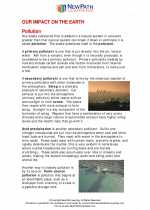
 Worksheet/Answer key
Worksheet/Answer key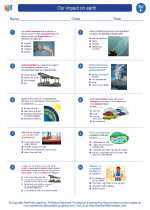
 Worksheet/Answer key
Worksheet/Answer key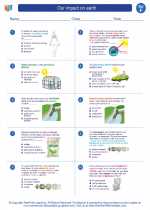
 Worksheet/Answer key
Worksheet/Answer key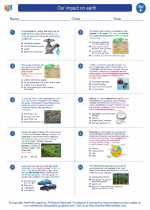
 Vocabulary/Answer key
Vocabulary/Answer key